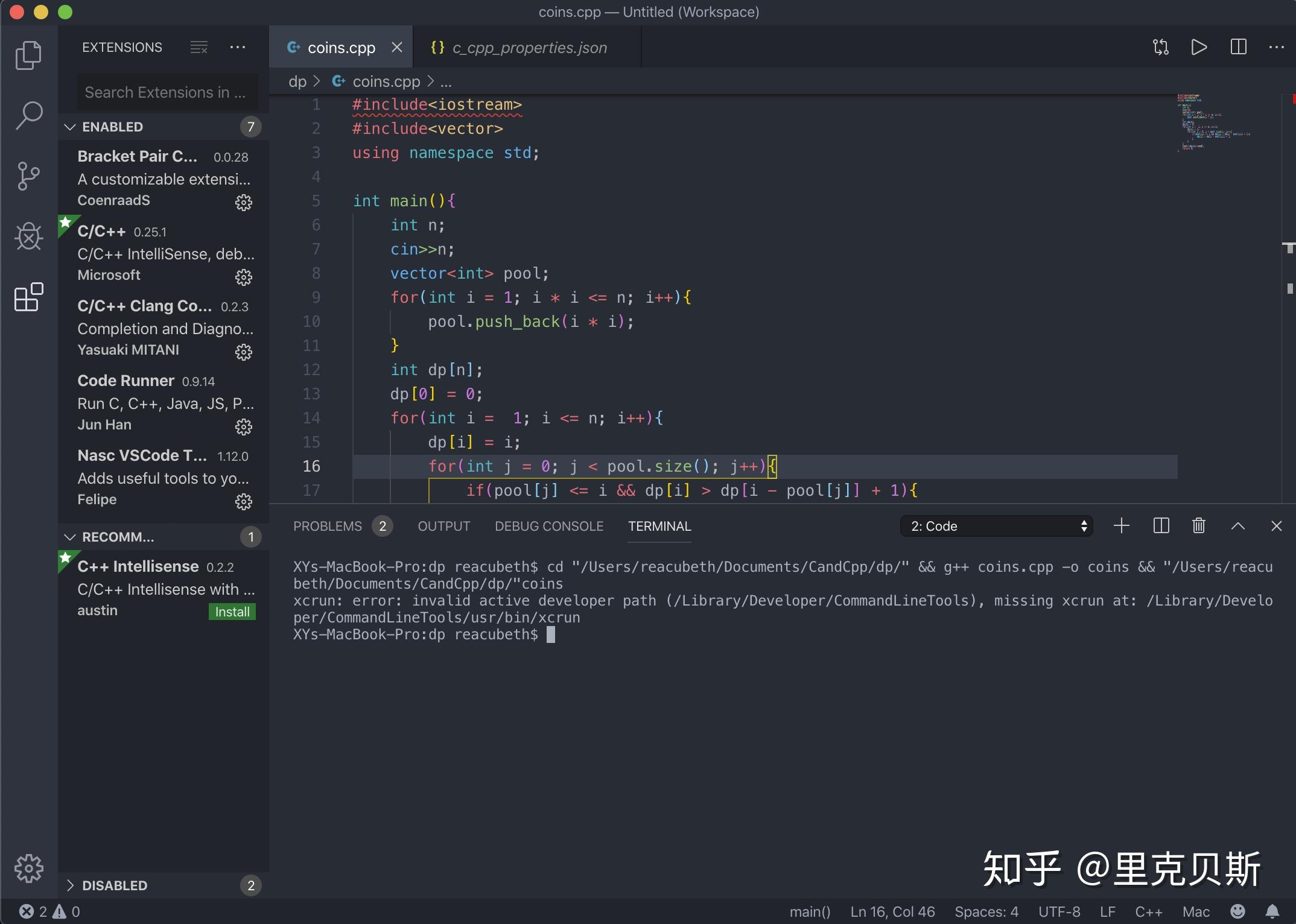How to install Command Line Tools, CLT, and the Homebrew package manager on macOS Catalina.As a usage demo, I'll show you how to install the wget utility wit. Use Homebrew to install telnet with the following command: brew install telnet. Hit Return and let Homebrew download and install Telnet to the Mac. When installation has complete, you can run Telnet as usual: telnet server-or-ip-address. One simple way to test that Telnet is working properly after installation is to connect to the goofy Star.
In this tutorial we will learn to install NodeJS and NPM on Mac using Homebrew.
Step 1: Install Homebrew
Homebrew is 'The missing package manager for macOS'.
Open terminal and type the following command.
This will install Homebrew on your Mac. To check the version type the following command.
Output
Why use Homebrew to install NodeJS?
If you are installing NodeJS via the installer from https://nodejs.org/ then you have to use sudo to make sure that it installs correctly. After that you have to make changes in your system $PATH by adding the path of the node executable. And if you want to uninstall node then you have track all the files that were created and get rid of them. In short its a long process.
That's why Homebrew is used. It makes the job easy. It will install/uninstall Node easily.
Step 2: Install Node via Homebrew
In the terminal type the following command to install Node.
If everything installed successfully then you can type in the following command in the terminal to check the Node and NPM version.
Possible issues/errors that may occur
If you look above you will see that we have some issues.
So, in terminal type the following command.
We also got an error 'Error: The `brew link` step did not complete successfully'.
So, type the following command.
Output
The above output says:
You may want to remove it:
rm '/usr/local/share/man/man1/node.1'

So, use the following command.
Now, to list all files that would be deleted use the following command.
Output
Now we got the Error: Could not symlink share/systemtap/tapset/node.stp
/usr/local/share/systemtap/tapset is not writable.



To fix this we have to change the username and group of the systemtap directory.
Type the following command in the terminal.
Output
Now, run the --overwrite --dry-run command again.
Output
Now, we got the Error: Could not symlink lib/dtrace/node.d
/usr/local/lib/dtrace is not writable.
To fix this we have to change the username and group of the dtrace directory.
In the terminal type in the following command.
Output
Now, run the --overwrite --dry-run command again. Hopefully you will get no error. So, its time to run the --overwrite command.
Output
Congratulation! You have successfully installed NodeJS and NPM on your Mac via Homebrew.
if you do not have brew installed on your mac, Install homebrew on your mac by running the following command on your Terminal.
Install kafka in MacOS Catalina
First install openjdk 8 using brew cask and then install kakfa.
Macos Catalina Brew Install Java
When the installation completes, It will show you something like below
Start zookeeper & kafka as a service
Macos Catalina Brew Install
Stop zookeeper & kafka service

Macos Catalina Brew Install Mysql
If you do not want to run kafka & zookeeper as a service use below commands
If you face any error in starting kafka, you will have configure listeners in /usr/local/etc/kafka/server.properties config file,
uncomment and change the values like below
Check if kafka is functioning properly
Create test topic
Start kafka consumer console
Start kafka producer console
Install Brew On Catalina
Once the producer starts enter any message and press enter.